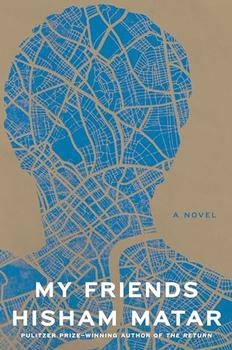Summary | Excerpt | Reading Guide | Reviews | Beyond the Book | Readalikes | Genres & Themes | Author Bio

Chapter 14
Today the 1920s are often referred to as Hawai'i’s “glamour days,”
though they were considerably less glamorous for those who struggled
under the crushing poverty of Kauluwela, Green Block, or Hell’s Half
Acre. But for our family, as for many other Korean households in Hawai'i,
the twenties were a time of rising prosperity. There were now perhaps a hundred
or so Korean families living in Buckle Lane and adjacent Akepo Lane—
most of them having fled the plantations for the canneries, even as others
abandoned the canneries to become tailors, launderers, shoemakers, or grocers.
The twenties were also kind to my Sisters of Kyongsang. As Wise Pearl’s
carnation farm flourished, she and Mr. Kam invested more of its profits in additional
acres on which they raised barley, to be made into a kind of Korean
taffy called yot. Shizu and Beauty’s barbershop, on the corner of Merchant
and Bishop Streets, was perhaps not quite as successful, but business was
good enough so that Beauty was able to move out of our home and rent for
herself and Mary a small one-room walk-up on River Street. Jade Moon collected
some modest interest on her investment in the shop, and with that and
the two hundred and thirty dollars from the kye, she and Mr. Ha were able to
purchase another rooming house, smaller than the one in Makiki, this one in
Palama.
But even for the poorest of residents, there was still glamour to be had living
in Honolulu—not the least of these being Boat Day.
Many “mainlanders” do not realize that Hawai'i is the most isolated
group of islands on earth. In the days before air travel, the arrival and departure
of ocean liners like our namesake, the SS City of Honolulu, was more
than just a welcome novelty—it was a cause for celebration. As one of the
great ships approached from around Diamond Head, it would announce itself
with three piercing blasts of its whistle; by the time it steamed into the
harbor hundreds of Honoluluans had flocked to the foot of Maunakea Street
to greet it, whether or not they knew anyone aboard. There were so many
men wearing pale linen suits and Panama hats, and women in white dresses
and matching parasols, that the wharves looked whiter than the sands of
Waikïkï. My children and I called it “Hawaiian snow.” Scattered across these
snowdrifts were summery eruptions of color: Japanese and Hawaiian women
selling leis of red ginger, yellow orchids, green maile, pink plumeria, and
golden 'ilima blossoms. Each lei seller had dozens of stringed flowers draped
like a hanging garden over her arm. Hula girls swayed to the music of the
Royal Hawaiian Band, which serenaded the arriving passengers with
“Hawai'i Pono'ï.” It was always pleasing to see the smiles of the visitors as
they took their first breaths of tropic air and bowed their heads to accept the
fragrant, welcoming leis. “This is indeed a special place we live,” I would tell
my keiki, “that people travel from so far to visit us.”
Along with Boat Days, another source of free recreation for our family
was the occasional Sunday spent at the beach.
For decades, the district of Waikïkï had been merely a patchwork of rice
paddies and taro patches, foul-smelling duck ponds and mosquito-ridden
marshes, prone to flooding during heavy rains. It might have stayed that way
forever but for the dazzling jewel of a beach that graced its south shore, like
a diamond necklace hung around the neck of a plough horse. But there was
money to made from that necklace, and in 1921, dredging began on a canal
to divert the three ancient streams emptying into the flood plain. The result
was a new, dry Waikïkï, where homes both large and small, garden apartments,
hotels, and a variety of concessions—even an amusement park—
now replaced the old farms and marshes.
Excerpted from Honolulu by Alan Brennert, Copyright © 2009 by Alan Brennert. Excerpted by permission of St. Martin's Press, a division of Macmillan, Inc. All rights reserved. No part of this excerpt may be reproduced or reprinted without permission in writing from the publisher.




At times, our own light goes out, and is rekindled by a spark from another person.
Click Here to find out who said this, as well as discovering other famous literary quotes!
Your guide toexceptional books
BookBrowse seeks out and recommends the best in contemporary fiction and nonfiction—books that not only engage and entertain but also deepen our understanding of ourselves and the world around us.